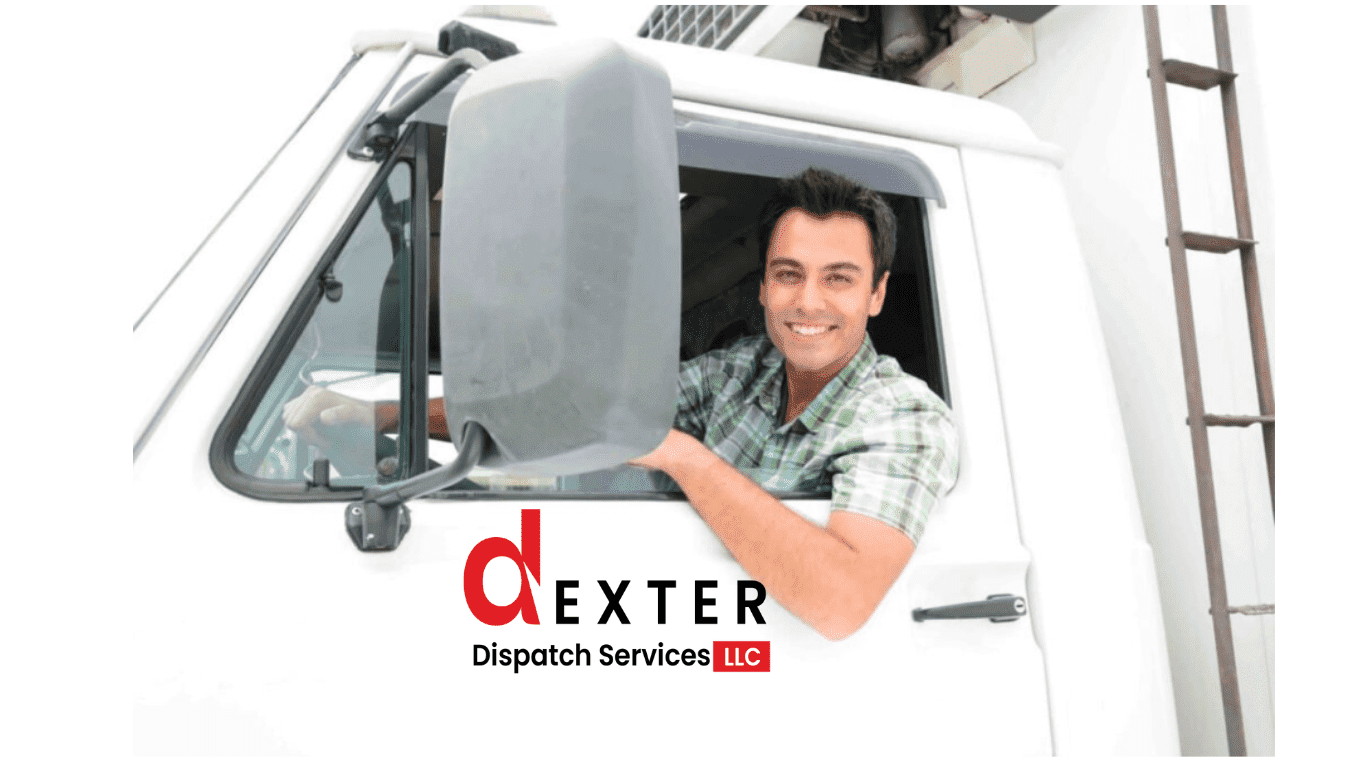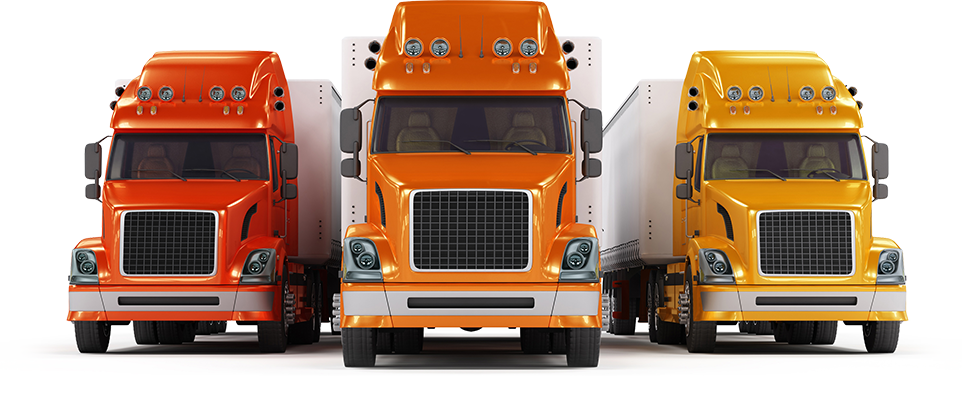Becoming an owner-operator truck driver is a dream for many drivers who want to experience greater freedom, earning potential, and the ability to control their own schedule. Owners operating their vehicles in the trucking industry are responsible for big things, though-you have to handle finances and repairs, and arrive at regular loads.
If you do decide to do that, this guide will show you all you need to know – from what the job actually entails to a step-by-step for how to successfully take that leap.
The Initial Measures: Acquiring an Understanding of Your New Profession
Before you waste time and money of becoming an owner/operator, you should know exactly what the job entails.
An owner – operator is not just a driver. You own or lease a truck and operate under your own authority or that of a carrier which you are under contract with. You select the business, restrict costs, locate loads, and deal with broker, shippers, dispatch services, etc.

Understanding What an Owner-Operator Does
Company drivers get paid on mile or hourly basis. Or, owner-operators receive a tribute from individual load revenues. You can pick and choose what kind of loads to haul, where to go, and which brokers/dispatchers you use. That freedom is exciting, but there is one important aspect you also have to take care of:
- Truck maintenance expenses or mileage
- Fuel costs
- Insurance
- Permits and registrations
- Scheduling loaders and issuing invoices
The Pros and Cons
Being an owner-operator can be rewarding — but it’s not for everyone. Let’s break down both sides.
Pros
- Full control of your schedule
- Potential to earn more per mile
- Choose your own routes and lanes
- Build your own trucking brand
- Tax benefits for business owners
Cons
- High startup costs (truck, insurance, authority)
- Financial risk during slow freight seasons
- Administrative tasks and paperwork
- No company-paid benefits (health, retirement, etc.)
The Mindset Shift
Becoming an owner-operator is going to require you to think like a business owner – not merely a driver. You have to control costs, negotiate rates and plan for long-term. This shift in thinking is critical to a profitable and sustainable trucking business.
How to Get Started: The Steps You Need to Take to Become an Owner-Operator Truck Driver
Once you know what they are responsible for and what they gain as a result, it is time to put it into action. Below are the major steps involved in becoming an owner-operator truck driver in the US.
Step 1: Gain Driving Experience
Before you can branch out on your own, it is important to get good experience working as a company driver. Most successful owner-operator have at least 2 – 3 years professional driving experience.
You learn more than driving here however; such as:
- Freight Lanes and High Demand Areas
- Workings of brokers and dispatchers
- What to do in regards to delivering schedules and paperwork
- The truth of life out on the road
Experience – the more experience you have, the better business decisions you will be able to make in the future.
Step 2: Save Money and Build Capital
Starting from an owner-operator requires an investment. Depending on whether you buy or lease a truck, startup capital ranging from $25,000 – $100,000 + is required.
Here are some categories of typical costs:
- Truck to buy or down payment: $40,000 – $70,000
- Insurance (first year): $8,000–$15,000
- Permits & authority: $1,000–$2,000
- Maintenance & repairs: $3000-$10,000 reserve
- Working capital $5,000+ for Fuel and emergencies
Having financial stability will keep your business running smoothly when it comes to the first few months.
Step 3: Decide — Lease-On or Get Your Own Authority
There are two main routes to go down as an owner-young idealistic manager:
Option 1: Lease-On to a Carrier
You work under the authority of another company. They deal with most compliance, permits and sometimes insurance.
Pros: Less paperwork Less startup cost
Cons: Less independence and smaller profit margins
Option 2: Get Your Own Operating Authority
You register as your own carrier from the FMCSA (Federal Motor Carrier Safety Administration).
Pros: Entire control & greater potential to make money
Cons: Increased paperwork and in some circumstances regulatory requirements, costs at the outset etc
Choose what you have got experience with, confidence in and can afford.
Step 4: Register Your Business
Once you have decided, then the next step is to legally form your business. Most owner/operators prefer to use an LLC (Limited Liability Company) as a way of separating personal and business finances.
You’ll need to:
- Register your business name
- Get an EIN (Employer Identification Number) From the IRS
- Set up a bank account for the business
- Keeping accurate financial documentation
Having a proper business structure means more help with taxes as well as credibility and financial protection.
Step 5: Get Your Truck
This is your biggest investment – so choose wisely. You can either purchase or lease your truck.
Buying: Best purchase for long term ownership and real estate equity.
Leasing: Initial cost reduced, but long term costs increased.
Before purchasing, consider:
- Condition and mileage of the engines
- Maintenance history
- Fuel efficiency
- Warranty coverage and repair coverage
Used trucks can be a good place to start for a new owner-operator because they are less expensive and they can still perform well if they are properly maintained.
Step 6: Get Insurance
You don’t get anywhere on the road without proper coverage. The major forms of insurance for owner-operators are:
- Primary Liability Coverage (Required by FMCSA)
- Physical Damage Coverage
- Cargo Insurance
- Bobtail/Non‑Trucking Liability
Become a dream of equipment and lanes with a trucking insurance auto problem specialist install coverage for your truck.
Step 7: Apply for USDOT and MC Number
If you’re working under your own authority you need to apply for:
- USDOT Number (to monitor your safety and compliance)
- Contact Name)
MC Number (Motor Carrier Authority – allows you the ability to haul for hire)
Step 8: Secure Permits and Compliance Requirements
Depending on the type of business that you have, you may need:
- UCR(UniFied Carrier Registration)
- BOC‑3 Process Agent Filing
- IRP (International Registration Plan) Obtain multi-state operation
- International Fuel Tax Agreement (IFTA)
These ensure that your operations keep you in compliance across states.
Step 9: Set Up a Dispatch and Load System
Academic success relies on finding steady loads. You can:
- Use load boards, such as DAT or Truckstop
- Become partners with freight brokers
- Hire professional dispatch service (like Dexter Dispatch Services) to take care of your bookings, negotiations and paperwork
Dispatchers, help maximize profits, reduce downtime and deal with the communication between the brokers while you are focused on what you do best, driving.
Step 10: Manage Finances and Track Expenses
As an owner/operator, you will be dealing with your own taxes, deductions, and invoices.
Use trucking accounting software or hire the professional to:
- Track income and expenses
- Set aside some money for quarterly taxes
- Plan for repairing and maintaining
- Track on fuel efficiency and mileage
Good financial management is the difference between successful owner-operators and struggling ones.
Step 11: Build Relationships with Brokers and Shippers
In trucking, relationships refer to revenue. Building good contacts with trusted brokers and shippers ensures constant freight flow. Always be professional, get your job done on time and keep the communication lines open – it pays off in repeat business and better paying loads.
Step 12: Maintain Your Equipment
Proper truck service keeps your business operating. Regular oil-changes, tire inspections and mechanical checkups consider costly breakdown’s and down time’s.
Keep maintenance-related log and tie up with trusted repair shops.
Step 13: Plan for Taxes and Business Growth
Owner-operators typically become eligible for a number of tax-deductions, such as fuel, repairs, meals, and depreciation. Keep receipts and records in order;
As your business expands, you may want to consider getting another truck or driver to add to your fleet or building your own small fleet or hiring a dispatcher in-house.
Extra Tips for Success as an Owner-Operator
- Be familiar with how much your mileage rates are before you accept a job.
- Follow DOT rules.
- Monitor truck loads and handle money through trucking software
- You need to have a strong credit score to get better loans.
- Work with a dispatch service who has your goals as their own.
It is, therefore, being consistent, disciplined, and smart planning that will help the one-truck owner become profitable.
Common Mistakes to Avoid
- Overpriced buying of a truck too early
- Skipping maintenance costs
- Not including fuel money expenses.
- Working on low-paying jobs to keep busy
- Failure to maintain financial records or tax strategy
Learn from other people’s mistakes to save thousands.
The Role of Dispatch Services in Your Success
Why Dispatch Services are Crucial to Your Success
Even experienced owner/operators look for dispatch companies like Dexter Dispatch Services to help them out. Dispatchers can:
- Find high‑pay loads
- Answer broker calls + confirm rates
- Complete paperwork and billings.
- Keep your truck in motion and cut down on your idle time
A good dispatcher is your invisible friend – building your business consistently.
Conclusion
Becoming an owner operator truck driver is a very good career choice in the trucking business. It provides you with freedom, control over one’s money, and an opportunity to create something one owns.
But you will not be successful immediately. It requires careful planning, patience and smart choices. By understanding the working of the trucking industry, using your truck regularly, and looking well at your cashflow, you will become an independent and profitable individual on the trucking arena.
With a positive attitude and good relationships with key partners (like a reliable dispatch team), your life as an owner-operator can get underway for real.
👉 Contact Dexter Dispatch Services today to join the next generation of successful owner-operators.

